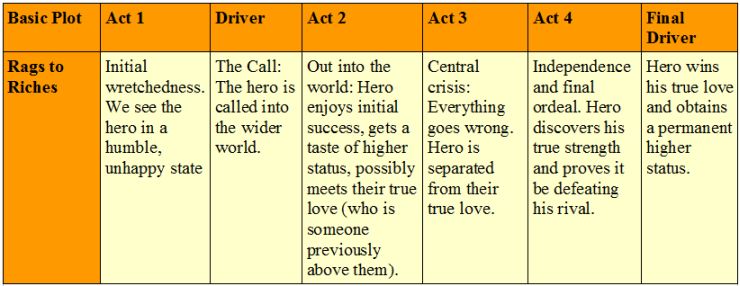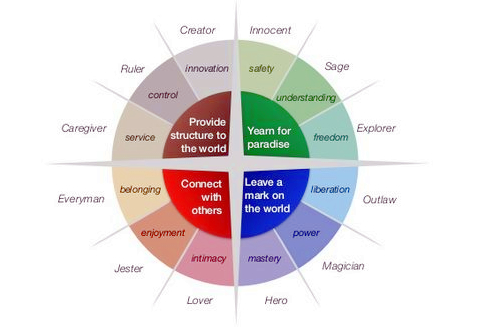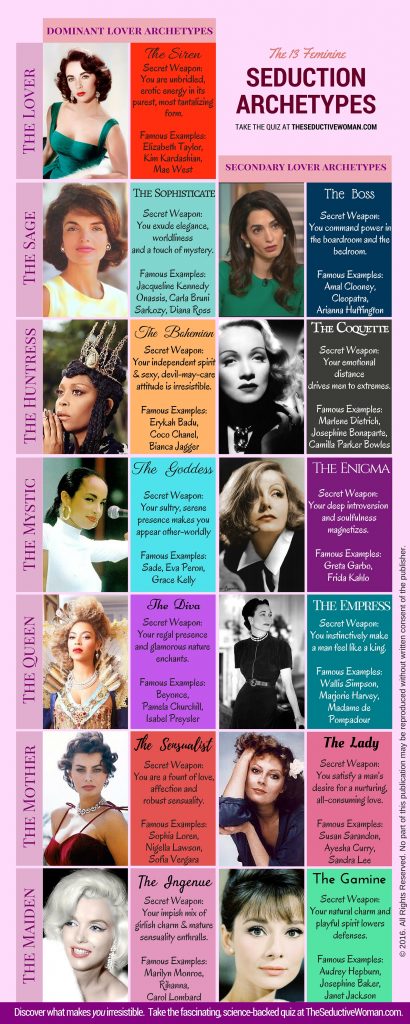hawksflyhigh
Member
- Joined
- Nov 15, 2020
- Messages
- 9
Mod's Note: This started out in Workshop to be the base for some writing exercises, but as there has been some discussion about what an archetype is, it's now moved here to Writing Discussion and will just be a place for talking about archetypes. So get talking!
Right now I am reading Robert Mckee's "Story" on the structure and flow of storywriting and what makes a great story.
He noted early on & often that great stories are built around what are called archetypes not "stereotypes" or carbon copies.
"The archetypal story unearths a universally human experience,
then wraps itself inside a unique, culture-specific expression. A
stereotypical story reverses this pattern: It suffers a poverty of both
content and form. It confines itself to a narrow, culture-specific
experience and dresses in stale, nonspecific generalities." - Robert McKee
My challenge/exercise to you is to write a tale/story either encapsulating and/or using an archetype here.
And on this thread, share any archetypes which interest you the most.
My current theme/archetype I am building towards centers around the dichotomy of life vs merely existing - being adventurous, and free to succeed and fail vs stagnant and "safe": Life is not a measure of safety – but a longing for adventure and growth, failures and lessons learned, choices and consequences respected – life is freedom not safety, sameness nor equality. It is unique experience to the individual not a mere plastic existence
Aesops fable is definitely a great collection of such life archetypes and lessons if you are looking for inspiration
Right now I am reading Robert Mckee's "Story" on the structure and flow of storywriting and what makes a great story.
He noted early on & often that great stories are built around what are called archetypes not "stereotypes" or carbon copies.
"The archetypal story unearths a universally human experience,
then wraps itself inside a unique, culture-specific expression. A
stereotypical story reverses this pattern: It suffers a poverty of both
content and form. It confines itself to a narrow, culture-specific
experience and dresses in stale, nonspecific generalities." - Robert McKee
My challenge/exercise to you is to write a tale/story either encapsulating and/or using an archetype here.
And on this thread, share any archetypes which interest you the most.
My current theme/archetype I am building towards centers around the dichotomy of life vs merely existing - being adventurous, and free to succeed and fail vs stagnant and "safe": Life is not a measure of safety – but a longing for adventure and growth, failures and lessons learned, choices and consequences respected – life is freedom not safety, sameness nor equality. It is unique experience to the individual not a mere plastic existence
Aesops fable is definitely a great collection of such life archetypes and lessons if you are looking for inspiration
Last edited by a moderator:












